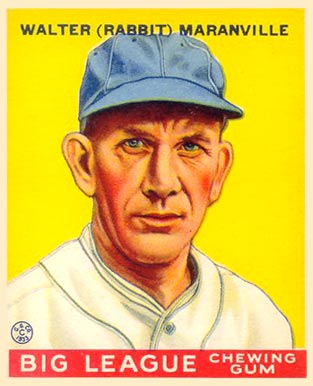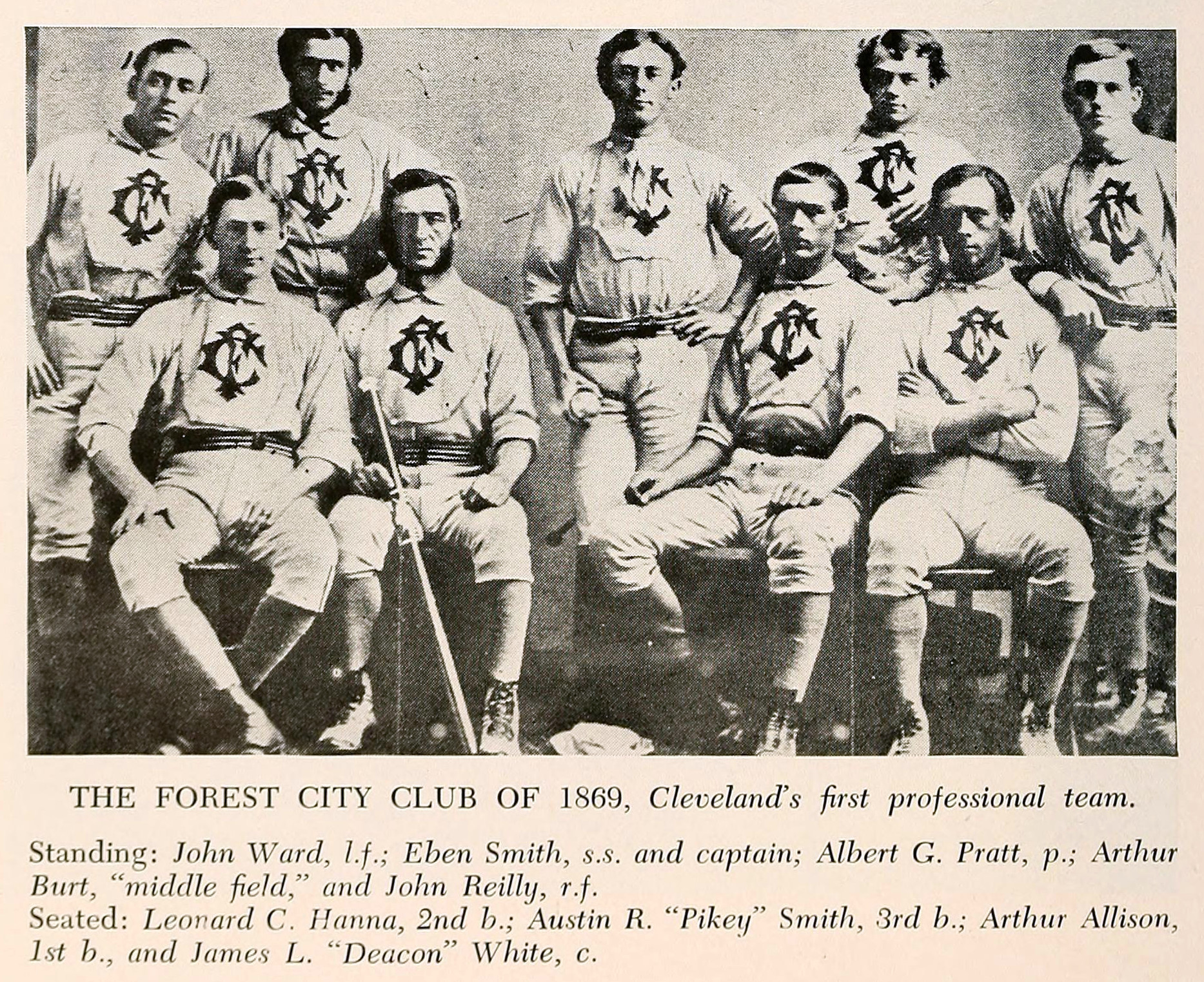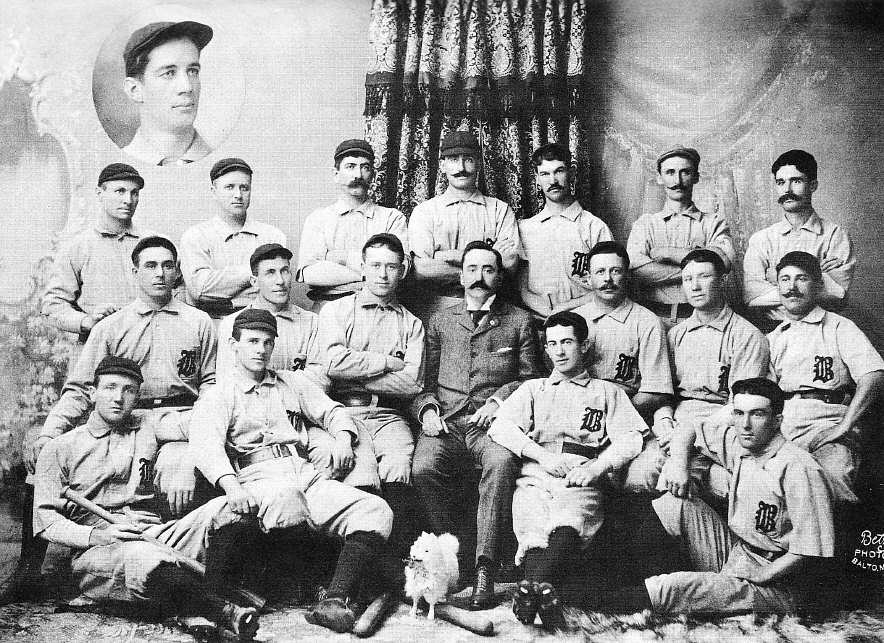|
Error (baseball Statistics)
In baseball statistics, an error is an act, in the judgment of the official scorer, of a fielder misplaying a ball in a manner that allows a batter or baserunner to advance one or more bases or allows a plate appearance to continue after the batter should have been put out. The term ''error'' is sometimes used to refer to the play during which an error was committed. Relationship to other statistical categories An error does not count as a hit but still counts as an at bat for the batter unless, in the scorer's judgment, the batter would have reached first base safely but one or more of the additional bases reached was the result of the fielder's mistake. In that case, the play will be scored both as a hit (for the number of bases the fielders should have limited the batter to) ''and'' an error. However, if a batter is judged to have reached base solely because of a fielder's mistake, it is scored as a "reach on error (ROE)," and treated the same as if the batter had been put ... [...More Info...] [...Related Items...] OR: [Wikipedia] [Google] [Baidu] |
Pitcher (baseball)
In baseball, the pitcher is the player who throws ("pitches") the baseball from the pitcher's mound toward the catcher to begin each play, with the goal of retiring a batter, who attempts to either make contact with the pitched ball or draw a walk. In the numbering system used to record defensive plays, the pitcher is assigned the number 1. The pitcher is often considered the most important player on the defensive side of the game, and as such is situated at the right end of the defensive spectrum. There are many different types of pitchers, such as the starting pitcher, relief pitcher, middle reliever, lefty specialist, setup man, and the closer. Traditionally, the pitcher also bats. Starting in 1973 with the American League(and later the National League) and spreading to further leagues throughout the 1980s and 1990s, the hitting duties of the pitcher have generally been given over to the position of designated hitter, a cause of some controversy. The Japanese Centra ... [...More Info...] [...Related Items...] OR: [Wikipedia] [Google] [Baidu] |
Rabbit Maranville
Walter James Vincent "Rabbit" Maranville (November 11, 1891 – January 6, 1954) was an American professional baseball shortstop, second baseman and manager. He played in Major League Baseball (MLB) for the Boston Braves, Pittsburgh Pirates, Chicago Cubs, Brooklyn Robins, and St. Louis Cardinals between 1912 and 1934. At the time of his retirement in 1935, he had played in a record 23 seasons in the National League, a mark which was not broken until 1986 by Pete Rose."Rabbit Maranville Statistics and History" baseball-reference.com. Retrieved on May 14, 2017. Maranville was inducted into the Baseball Hall of Fame in 1954, mainly on the str ... [...More Info...] [...Related Items...] OR: [Wikipedia] [Google] [Baidu] |
Germany Smith
George J. "Germany" Smith (April 21, 1863 – December 1, 1927) was an American Major League Baseball player from Pittsburgh, Pennsylvania. Primarily a shortstop, Smith played for five teams in 15 seasons. He made his major league debut for Altoona Mountain City of the Union Association in 1884. After Altoona's team folded after just 25 games, he jumped to the Cleveland Blues of the National League. After the 1884 season, Cleveland then sold him, along with six other players, to the Brooklyn Bridegrooms for $4000. On June 17, 1885, Smith reportedly committed seven errors intentionally when his team decided to punish new pitcher Phenomenal Smith, losing the game 18-5. All 18 runs against the brash left-hander were unearned‚ due to a total of 14 Brooklyn "errors". "Phenomenal" gave himself his nickname before he joined the team‚ saying that he was so good that he did not need his teammates to win. The intentional misplays of his teammates caused club President Lynch to ... [...More Info...] [...Related Items...] OR: [Wikipedia] [Google] [Baidu] |
Deacon White
James Laurie "Deacon" White (December 2, 1847 – July 7, 1939) was an American baseball player who was one of the principal stars during the first two decades of the sport's professional era. The outstanding catcher of the 1870s during baseball's barehanded period, he caught more games than any other player during the decade, and was a major figure on five consecutive championship teams from 1873 to 1877 – three in the National Association (NA), in which he played throughout its five-year existence from 1871 to 1875, and two in the National League (NL), which was formed as the first fully recognized major league in , partially as a result of White and three other stars moving from the powerhouse Boston Red Stockings to the Chicago White Stockings. Although he was already 28 when the NL was established, White played 15 seasons in the major leagues, completing a 23-year career at the top levels of the sport. In 1871, White was the first batter to come to the plate in the ... [...More Info...] [...Related Items...] OR: [Wikipedia] [Google] [Baidu] |
Bill Dahlen
William Frederick Dahlen (January 5, 1870 – December 5, 1950), nicknamed "Bad Bill" for his ferocious temperament, was an American shortstop and manager in Major League Baseball who played for four National League teams from to . After twice batting over .350 for the Chicago Colts, he starred on championship teams with the Brooklyn Superbas and the New York Giants. At the end of his career, he held the major league record for career games played (2,443); he ranked second in walks (1,064, behind Billy Hamilton's 1,187) and fifth in at bats (9,033), and was among the top ten in runs batted in (1,234), doubles (414) and extra base hits (661). He was also among the NL's top seven players in hits (2,461; some sources list totals up to 2,471), runs (1,589), triples (163) and total bases (3,447). After leading the league in assists four times and double plays three times, he set major league records for career games (2,132), putouts (4,850), assists (7,500), total chan ... [...More Info...] [...Related Items...] OR: [Wikipedia] [Google] [Baidu] |
Herman Long (baseball)
Herman C. Long (April 13, 1866 – September 16, 1909) was an American shortstop in Major League Baseball (MLB) who played for the Kansas City Cowboys, Boston Beaneaters, New York Highlanders, Detroit Tigers, and Philadelphia Phillies. Long was known for his great fielding range as a shortstop, but he also holds the MLB career record for errors. Early life Born in 1866, Long was a native of Chicago. His parents are thought to have been German immigrants, as Long spoke fluent German. Little else is known about Long's life up until he began playing minor league baseball in 1887 for a team in Arkansas City, Kansas. He played in Kansas City in 1888. After that season, the Kansas City team merged with the major league team in the same city. Major League Baseball career Long played for the Kansas City Cowboys (1889), Boston Beaneaters (1890–1902), New York Highlanders (1903), Detroit Tigers (1903), and Philadelphia Phillies (1904). From 1889 to 1902, he played over 100 games e ... [...More Info...] [...Related Items...] OR: [Wikipedia] [Google] [Baidu] |
Major League Baseball
Major League Baseball (MLB) is a professional baseball organization and the oldest major professional sports league in the world. MLB is composed of 30 total teams, divided equally between the National League (NL) and the American League (AL), with 29 in the United States and 1 in Canada. The NL and AL were formed in 1876 and 1901, respectively. Beginning in 1903, the two leagues signed the National Agreement and cooperated but remained legally separate entities until 2000, when they merged into a single organization led by the Commissioner of Baseball. MLB is headquartered in Midtown Manhattan. It is also included as one of the major professional sports leagues in the United States and Canada. Baseball's first all-professional team, the Cincinnati Red Stockings, was founded in 1869. Before that, some teams had secretly paid certain players. The first few decades of professional baseball were characterized by rivalries between leagues and by players who often jumped from one t ... [...More Info...] [...Related Items...] OR: [Wikipedia] [Google] [Baidu] |
Earned Run Average
In baseball statistics, earned run average (ERA) is the average of earned runs allowed by a pitcher per nine innings pitched (i.e. the traditional length of a game). It is determined by dividing the number of earned runs allowed by the number of innings pitched and multiplying by nine. Thus, a lower ERA is better. Runs resulting from passed balls or defensive errors (including pitchers' defensive errors) are recorded as unearned runs and omitted from ERA calculations. Origins Henry Chadwick is credited with devising the statistic, which caught on as a measure of pitching effectiveness after relief pitching came into vogue in the 1900s. Prior to 1900—and, in fact, for many years afterward—pitchers were routinely expected to pitch a complete game, and their win–loss record was considered sufficient in determining their effectiveness. After pitchers like James Otis Crandall and Charley Hall made names for themselves as relief specialists, gauging a pitcher's ... [...More Info...] [...Related Items...] OR: [Wikipedia] [Google] [Baidu] |
Fielding Percentage
In baseball statistics, fielding percentage, also known as fielding average, is a measure that reflects the percentage of times a defensive player properly handles a batted or thrown ball. It is calculated by the sum of putouts and assists, divided by the number of total chances (putouts + assists + errors). While a high fielding percentage is regarded as a sign of defensive skill, it is also possible for a player of lesser defensive skill to have a high fielding percentage, as it does not reflect or take into account a player's defensive range; a player who cannot get to a ball surrenders a hit instead of having an opportunity to make an out or an error. Conversely, a highly skilled fielder might have a comparatively low fielding percentage by virtue of reaching, and potentially missing, a greater number of balls. In order to qualify for the league lead in fielding percentage, an infielder or outfielder must appear at the specific position in at least two-thirds of his tea ... [...More Info...] [...Related Items...] OR: [Wikipedia] [Google] [Baidu] |
Baseball Positioning
In baseball and softball, while there are nine named fielding positions, players, with the exception of the pitcher and catcher, may move around freely. The ''positioning'' for the other seven positions is very flexible, although they all have regular ''depths''—distances from home plate, and sometimes lateral positioning. A ''shift'' means that a player is playing in a noticeably different location than the norm for his positioning. A fielder who is playing ''shallow'' or ''in'' is playing closer to home plate, while a player playing ''deep'' is playing farther from home plate than normal. Common types of positioning Regular terms are used for some positionings. For example, ''double play depth'' is used when there is potential for a force play at second base. This means the shortstop and second baseman are playing slightly closer to second base and sometimes a little bit shallower. This position makes it easier to turn the double play. The first baseman is said to be ... [...More Info...] [...Related Items...] OR: [Wikipedia] [Google] [Baidu] |
The Brown Daily Herald
''The Brown Daily Herald'' is the student newspaper of Brown University in Providence, Rhode Island. Established in 1866 and published daily since 1891, The ''Herald'' is the second-oldest student newspaper among America's college dailies. It is financially and editorially independent of the University, and publishes Monday through Friday during the academic year with additional issues during commencement, summer and orientation. The ''Herald'' is managed by a board of trustees comprising two editorial staffers, two business staffers and five ''Herald'' alumni. Many alumni of ''The Brown Daily Herald'' have gone on to careers in journalism, and several have won Pulitzer Prizes. History Early years The ''Herald'' first appeared on Wednesday, December 2, 1891. The first issue was printed during the night and copies were distributed to each door in the dormitories with no preliminary announcement. The secret planning for the paper was actually begun about a month earlier b ... [...More Info...] [...Related Items...] OR: [Wikipedia] [Google] [Baidu] |







